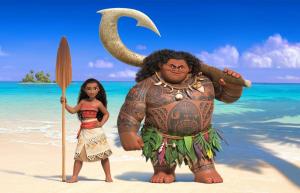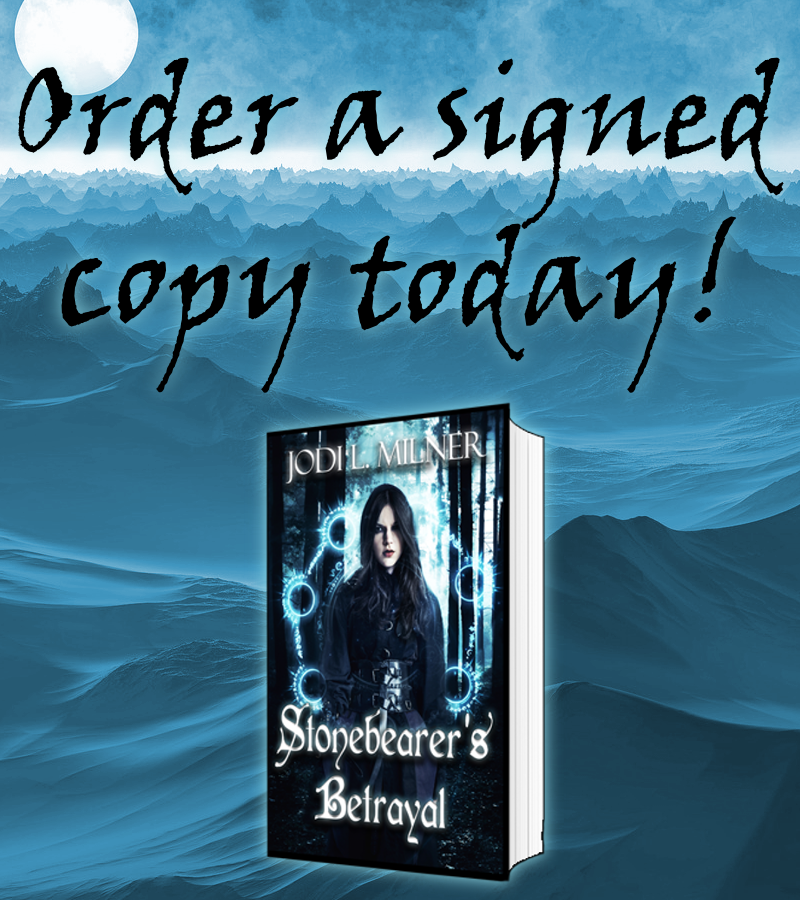This is the second part of the “Finding Balance in Storytelling” presentation originally given at Fyrecon 2, June 23rd at Weber State University Davis.
Here’s a handy link to part one –
- Pt. 1 Why is too much action boring?
- More parts to come
In the previous part we explained using brain science why too much action can make an audience zone out. The creative hack that can be used to short-circuit this effect comes in two parts. The first is to space out action elements so the audience can recover. The other is to build meaning into the conflict and give the audience a reason to care.
Scene and Sequel
In the writing world there is a term called scene and sequel. The words themselves are a bit misleading to be honest, and led to me not understanding what the concept meant for, let’s just say, way too long. When I hear the word “sequel” my mind wants to think movie sequel. The money grab cheap shot that makes studio executives wet themselves kind of sequel.
In a nutshell, the term “scene and sequel” refers to the action bit – “the scene” and the chance for the character to react and regroup – “the sequel.” Studio executives don’t get excited about these nearly as much.

To better explain, let’s use a famous movie. If I pretended to adult more, this might be way more exciting. Today we’ll use Moana. The second choice was Frozen, you’re welcome.

This handy graph is a plot diagram. The high points are scenes, the valleys are the sequels. Notice how the story starts out more intense before dropping. Slowly, one scene at a time, it increases in intensity. This dramatic start in many stories is the murder, or explosion, or chase scene, or fight. After the dramatic or intense start the story calms enough so we have a chance to learn about the main character. This helps the audience care about what happens next.
For the benefit of those of you reading on smaller screens, here are the different graph points.
| 1 scene | Grandma’s story |
| 2 sequel | Growing up montage |
| 3 scene | Moana tries to leave |
| 4 sequel | Grandma shows Moana the boats |
| 5 scene | Grandma dies/Moana leaves |
| 6 sequel | Moana bored at sea |
| 7 scene | Storm! |
| 8 sequel | Maui’s Island |
| 9 scene | Kakamora |
| 10 sequel | Moana convinces Maui to restore heart |
| 11 scene | Lalotai and Tamatoa the crab |
| 12 sequel | Maui relearns how to shapeshift |
| 13 scene | Te Ka part one – Maui’s hook damaged |
| 14 scene | Maui abandons Moana |
| 15 sequel | Moana wants to give up |
| 16 scene | Moana takes on Te Ka |
| 17 scene | Maui returns/Heart is restored |
| 18 sequel | Ocean is healed/Maui’s hook restored |
| 19 sequel | Moana goes home/becomes chief |
A scene is where things are happening to the main character. In #7, a storm capsizes the boat and there is not much Moana can do about it. In #8, she arrives at Maui’s Island. It’s the sequel because she is literally asking herself “Now what?” She must make a decision and act on it.
As the story progresses, each problem gets more challenging for Moana to overcome. The stakes are higher, the tension increases, the line on the graph gets taller and taller. As we near the end, scenes start stacking up against each other. It’s okay to have lots of action at the end because the audience now knows what the conflict means to the main character and are cheering them on. There is emotional context that makes the action scenes matter.
The thrilling climax should be the most dramatic, nail-biting, and/or amazing part of the story. In Moana, she takes on the lava monster Te Ka all by herself and nearly gets killed. Maui shows up just in time to help, but ultimately she is the one to save the day. Girl power!
After the climax you have to give your audience a chance to breathe again. The ending sequels are also called the denouement and do exactly that, let the audience breathe. Any loose ends are tied up here, the romance element finds closure, the villain is punished, and the heroes are rewarded.
***
Stay tuned, part three “Creating a ‘B’ Story and Hitting a Meaningful Climax” is cued up to be released next week! Don’t want to miss it? Be sure to like and subscribe on the social media platform of your choice. You can also follow here on wordpress using the handy buttons, or like my author page on Facebook or follow on Twitter @JodiLMilner.



Pingback: Pt. 3 Creating a B Story and Hitting a Meaningful Climax | My Literary Quest